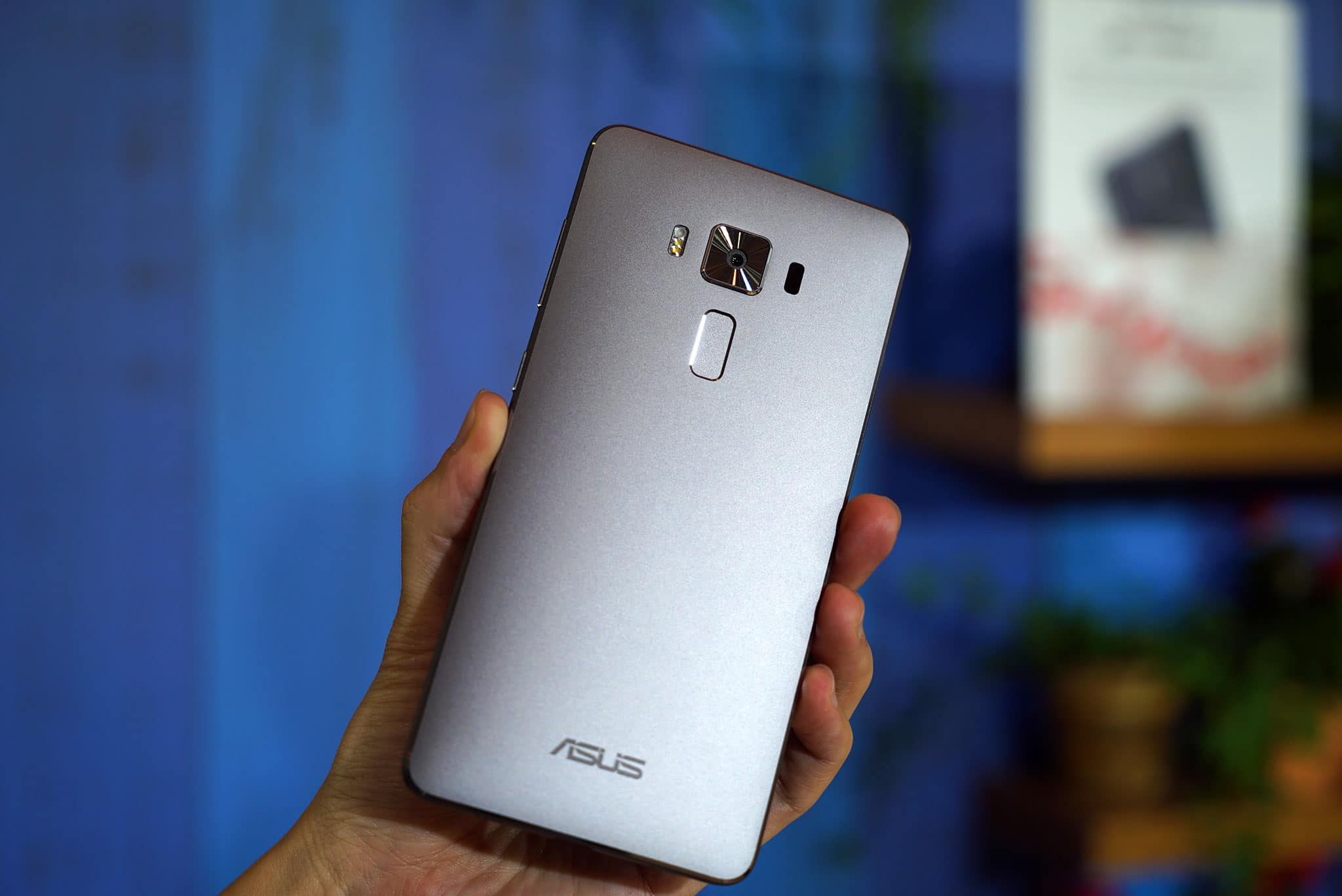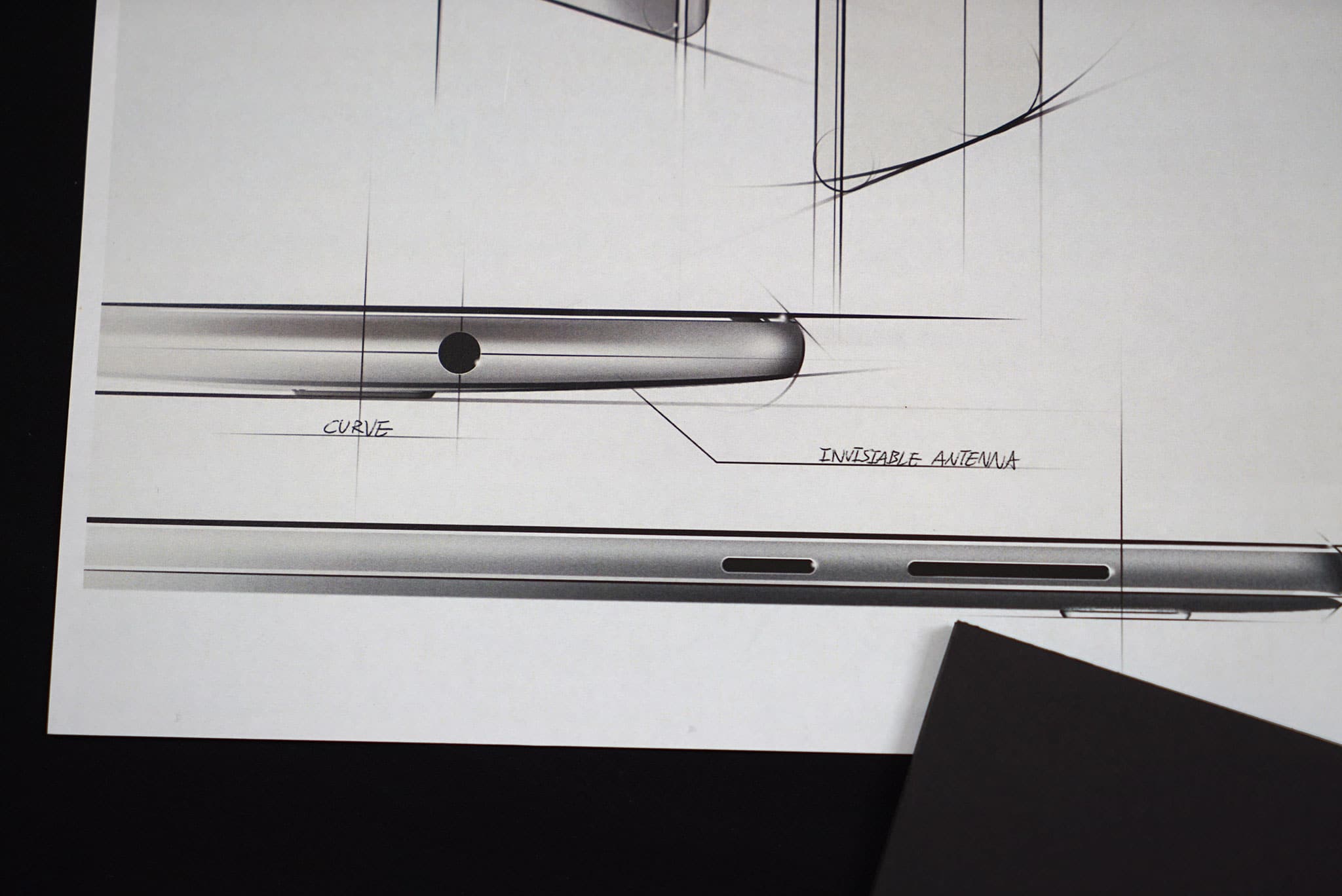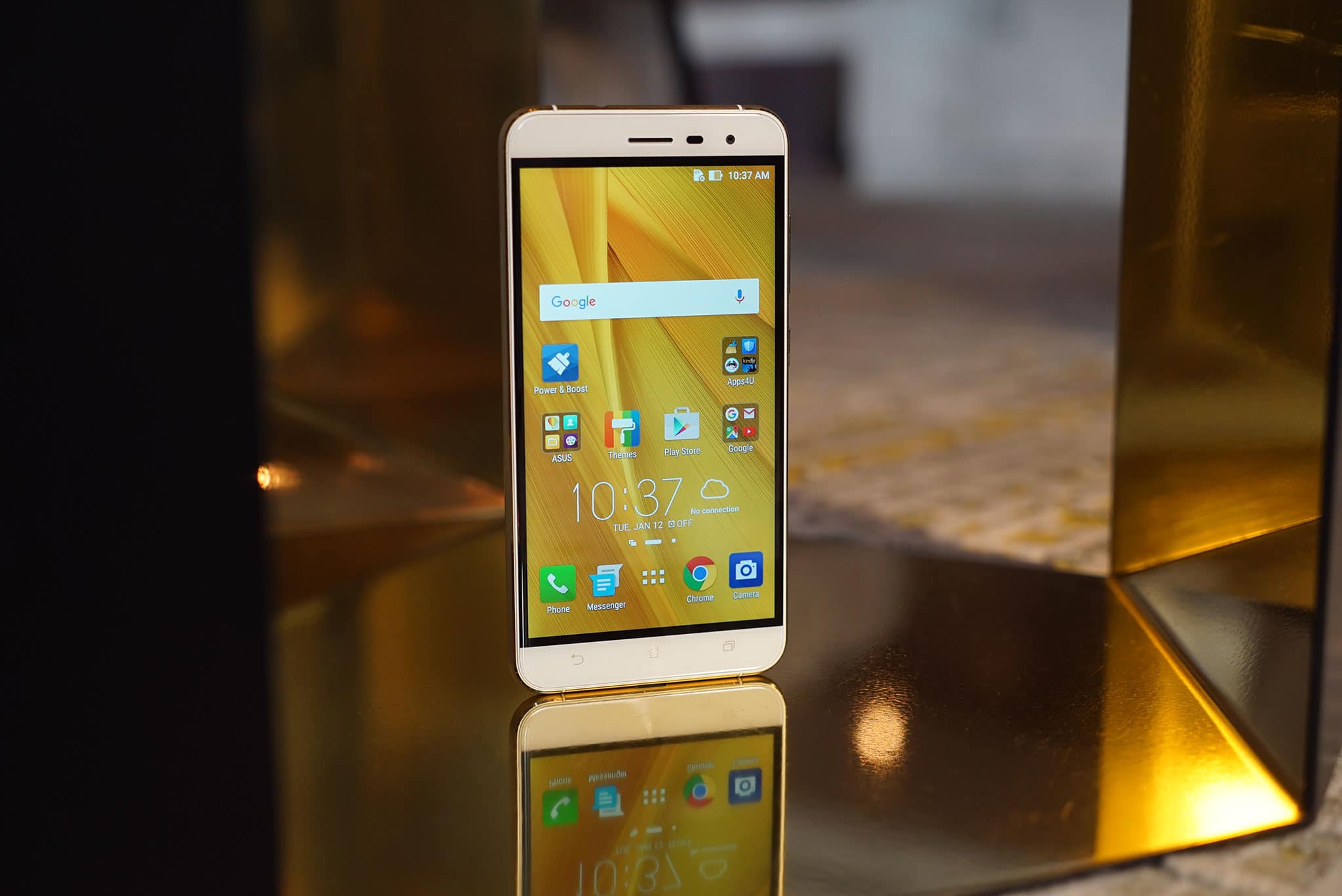Computex 2016
Designing the ZenFone 3

An overeager Jerry Shen was already in his seat when I walked into our meeting room at the ASUS headquarters in Taipei last week. The charismatic CEO sat clutching his new babies, a trio of smartphones – the ZenFone 3, ZenFone 3 Deluxe, and ZenFone 3 Ultra – unable to contain his excitement.
“Which one is your favorite,” I asked, eager to make the most of the hour we had with the self-proclaimed “father of do-it-yourself computing.” Shen raised a dark, metallic-grey smartphone, the Ultra, which, at 6.8-inches, is roughly the size of the first Android tablet, which coincidentally ASUS developed for Google back in 2012.

“The Ultra is designed to be the perfect multimedia device,” Shen explained. It has a great display, unrivaled built-in speakers, and a screen large enough for checking emails and working on documents. “Plus, it fits perfectly in my shirt pocket,” he chuckled.
There isn’t any lost love for the other two. He puts down the Ultra and holds up the other ZenFones – a white ZenFone 3, the base model with a glass front and back, and a gold ZenFone 3 Deluxe, slightly larger with a curved, metallic back and an understated, elegant matte finish.
“It’s difficult to choose, one can be for my wife, the other for my daughters.”

With the introduction of this year’s ZenFone lineup, ASUS has shifted its focus slightly, to cater to a demographic that demands phones with the most high-end specs. On paper, the new ZenFone 3 Deluxe has all the right bells and whistles to rival the best phones from Apple and Samsung, but as Shen explains, they haven’t lost sight of their ultimate goal, to perfect the smartphone experience, and make it possible for users to afford this experience.
ASUS calls it, “empowering luxury.”
Its $500 Deluxe model is the embodiment of this mantra. The most expensive phone on the lineup, the Deluxe is still $200 cheaper than the iPhone 6S and Galaxy S7 but offers more RAM (6GB), much more storage (256GB), and when it debuts globally this August, a faster processor in the yet-to-be-announced Snapdragon 821.
ASUS takes the drive for perfection seriously even if it means released dates being pushed back. Over a year in the making, the ZenFone 3 announcement came two months later than Shen had initially hoped for. One of the hold-ups was the time it took to perfect the ZenFone 3 Deluxe’s key design feature, an invisible antenna.

On unibody smartphones made of a single block of metal, unsightly antenna bands have become a necessary evil. If you’re not sure what I mean, take a look at the iPhone 6S. Not even a new rose-gold finish can distract from its unsightly lines. The Zenfone 3 Deluxe and Zenfone 3 Ultra are the world’s first all-metal, unibody smartphones without them. They’re a nice touch, and they represent the little things ASUS believes can elevate the smartphone experience further.
With half the year almost gone, I’ve wondered if those delays were worth it. In the last few months, we’ve seen many up-and-coming brands up the ante in the midrange space. Brands like OPPO and Vivo offer great phones in more affordable price points, and till last week, had rendered last year’s ZenFones irrelevant.
Shen, however, believes the attention to detail is what makes them, “better than Apple, better than Samsung.”
While some brands dislike comparisons, it isn’t something ASUS has shied away from. In fact, comparisons are made many times not just in this conversation, but also during the ZenFone 3 launch two days ago.
For a relatively young smartphone player like ASUS, those are tough claims to make, but it is indicative of the company’s bigger ambitions. Shen describes his three new phones as “top fighting.” In a few months, the company is also slated to unveil three new ZenFone Max models. He calls them “mainstream fighting.” The adjective of choice is intentional.

A day before our meeting, I was given hands-on time with the ZenFone 3, an early look before the phones go on sale. From the looks of it, ASUS has what it takes to put up a good fight this year. In many respects, the Zenfone 3 punches above its weight class. All three of its top-of-the-line models have a distinct look, offer something unique, and more importantly are friendly on the pocket.
And it’s just the beginning. Last year, in a sit-down interview like this one, Shen was quite candid about what ASUS has learned from two years of making ZenFones. From offering one phone with different configurations differentiated only by model numbers, halfway through 2015, it changed strategies, offering many different ZenFones each with its own specialization (ZenFone Laser, ZenFone Selfie, ZenFone Zoom, ZenFone Max).
On its third year, ASUS is clearer about what it wants to do: build better phones; consolidate its product line into three tiers (ZenFone Go for the low-end market, ZenFone Max for the midrange, and the ZenFone 3, Deluxe, and Ultra for the premium segment); and run circles around competition by taking existing concepts and making them better.
One example is the use of lasers to improve camera autofocus speeds. On the Zenfone 3, laser autofocus can now lock onto subjects up 1.5 meters away, farther than previously possible. Next year, Shen hopes to rethink the selfie camera, once only a feature on the ZenFone Selfie, and make it a standard on the Zenfone 4.

“What about modular phones, or any other crazy idea that hasn’t been done before?” I pushed, time was quickly running out. ASUS has teams dedicated to experimenting with new ideas, some of which Shen says he cannot talk about.
But he says the next ZenFone will most likely be iterative instead of a huge leap forward. “It’s all about maturity,” said Shen. “Innovation needs to be meaningful, it needs perfection. Without perfection innovation is nothing.”
[irp posts=”12232″ name=”ASUS ZenFone 3 Zoom review”]

Computex 2016
Zenbo is the home robot you’ve always wanted

At the 35th annual Computex 2016 in Taiwan, within the walls of the biggest computer trade show in Asia, one homegrown company stole our hearts.
And not just because its upcoming smartphones proved to be everything we wanted, and more, but also because at least one more product in its diversified portfolio is just as exciting — if not even more so. (more…)
Computex 2016
Asus Zenfone 3 Hands-On Review

We spent some time with the Asus Zenfone 3 shortly after its launch in Taiwan last May 30. All three models are big upgrades from last year – sleeker, more powerful, with more features. But do they offer enough to go head to head with rivals released months earlier? Find out in our hands-on review.
Computex 2016
ASUS ZenFone 3 Philippine release confirmed

You’ve seen the ASUS ZenFone 3 phones and heard all the specs and features they have to offer. You’ve seen their jaw-dropping prices as well. But what about their release date for the Philippine market? We’ve got you covered on that front as well. (more…)
-

 Events2 weeks ago
Events2 weeks agoStellar Blade: PlayStation taps cosplayers to play Eve for game’s launch
-

 Features2 weeks ago
Features2 weeks agoFortify your home office or business setup with these devices
-

 Accessories2 weeks ago
Accessories2 weeks agoLogitech unveils G Pro X 60 gaming keyboard: Price, details
-

 Reviews1 week ago
Reviews1 week agorealme 12+ 5G review: One month later
-

 Gaming1 week ago
Gaming1 week agoNew PUMA collection lets you wear PlayStation’s iconic symbols
-

 Deals2 weeks ago
Deals2 weeks agoTCL P635 TV: Big savings for TCL’s anniversary
-

 Accessories1 week ago
Accessories1 week agoMarshall Major V: Reasons Why I Love It
-

 Gaming1 week ago
Gaming1 week agoMore PlayStation 5 Pro specs have been leaked


























